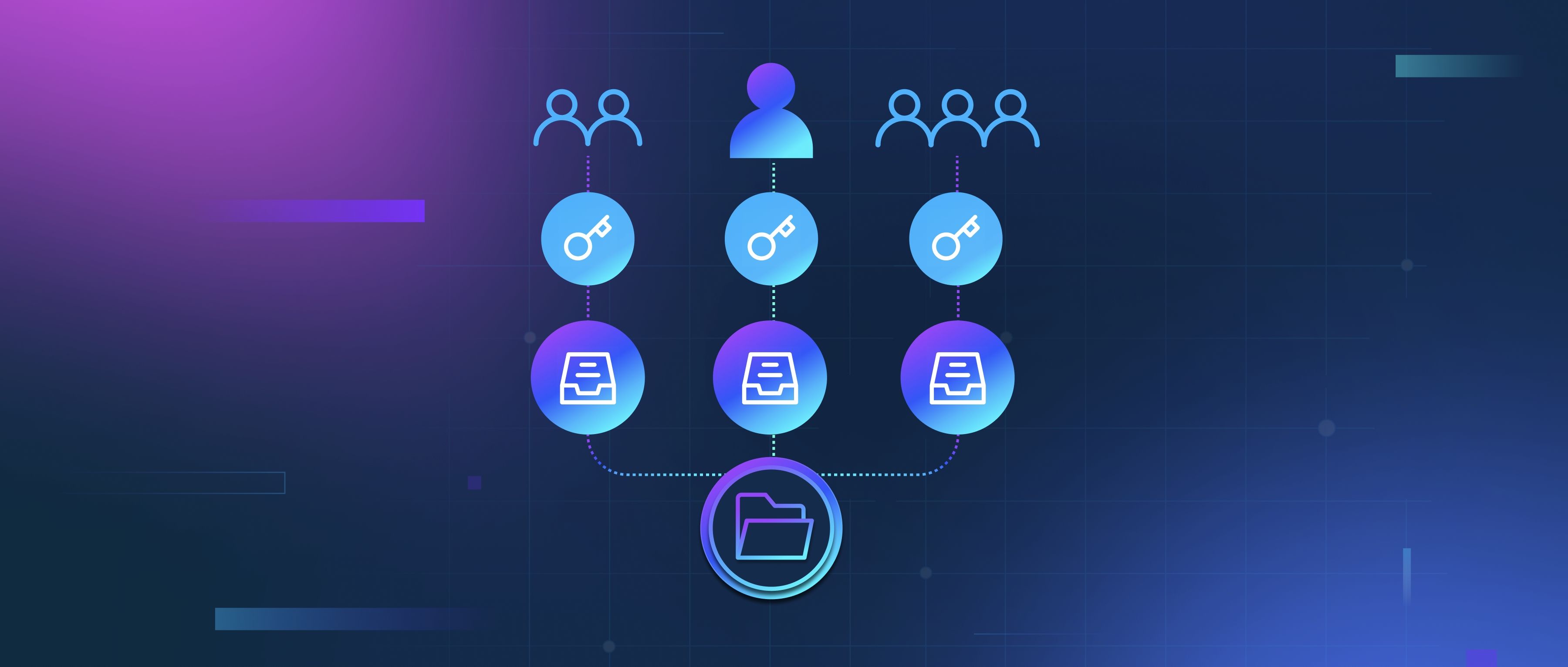Embedding drift refers to the gradual change in the numerical representations (embeddings) of data generated by machine learning models over time. These embeddings, which convert raw data like text or images into vectors, are designed to capture semantic relationships. When drift occurs, the model’s understanding of the data shifts, leading to degraded performance in downstream tasks like classification or recommendation. For example, a sentiment analysis model trained on embeddings from 2020 social media posts might struggle with slang introduced in 2023, because the new terms aren’t represented meaningfully in the original embedding space. Drift often stems from changes in input data distribution (e.g., new vocabulary, evolving user behavior) or updates to the embedding model itself.
To detect embedding drift, developers typically compare the statistical properties of current embeddings against a reference set (e.g., embeddings from a stable period). One common approach is to measure distribution shifts using metrics like Kullback-Leibler (KL) divergence or Population Stability Index (PSI). For instance, if you’re monitoring a product recommendation system, you could compute the average cosine similarity between embeddings of recent user queries and a baseline dataset. A significant drop in similarity might indicate drift. Another method involves training a classifier to distinguish between old and new embeddings—if the classifier performs well, it suggests the two sets are meaningfully different. Tools like TensorFlow Data Validation or custom scripts using scikit-learn can automate these comparisons. In practice, you might track drift weekly by sampling embeddings from the latest data batch and running statistical tests against a stored reference.
Beyond statistical tests, visualization techniques like t-SNE or UMAP can help spot drift qualitatively. For example, plotting embeddings of customer support tickets from different months might reveal clusters drifting apart, signaling changes in user concerns. Additionally, monitoring downstream model performance (e.g., sudden accuracy drops) can act as a proxy for detecting embedding issues. If a text search engine starts returning irrelevant results, checking for embedding drift in query/document vectors is a logical step. To implement this, set up automated alerts when drift metrics exceed thresholds (e.g., PSI > 0.2) or when cluster visualizations show unexpected separation. Combining these methods ensures a robust detection strategy, allowing teams to retrain models or adjust data pipelines before users notice degraded performance.
